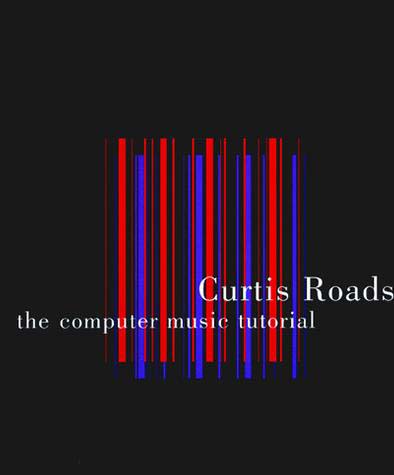Mario Carpo: The Alphabet and the Algorithm (2011)
Filed under book | Tags: · algorithm, architecture, copy, history of architecture, postmodern, technology

“Digital technologies have already changed architecture—architectural form as well as the way architecture is designed and built. But if the digital is a revolution, which tradition is being revolutionized? If it is a “paradigm shift,” which architectural paradigm is shifting? In The Alphabet and the Algorithm, Mario Carpo points to one key practice of modernity: the making of identical copies. Carpo highlights two instances of identicality crucial to the shaping of modern architecture: in the fifteenth century, Leon Battista Alberti’s invention of architectural design—the humanistic idea of building as the identical replication of an author’s intentions; and, in the nineteenth and twentieth centuries, the mass production of identical copies from mechanical master models, matrixes, imprints, or molds.
The modern power of the identical, Carpo argues, has come to an end with the rise of digital technologies. All that is digital is variable. In architecture, this means the end of notational limitations, of mechanical standardization, and possibly of the Albertian, authorial way of building by design. Charting the rise and fall of the paradigm of identicality, Carpo compares new forms of postindustrial, digital craftsmanship to traditional hand-making, and to the cultures and technologies of variations that existed before the coming of machine-made, identical copies. Carpo reviews the unfolding of digitally based design and construction from the early 1990s to the present, and suggests a new agenda for architecture in an age of variable media, generic objects, and participatory authorship.”
Publisher MIT Press, 2011
Writing Architecture series
ISBN 0262515806, 9780262515801
190 pages
Reviews: Aureli (Architectural Review, 2011), Djalali (2011), Abrahamson (2011), Diamanti (2012), Allen (Reviews in Cultural Theory, 2014).
PDF (updated on 2020-4-23)
Comments (2)Manuel DeLanda: Philosophy and Simulation: The Emergence of Synthetic Reason (2011)
Filed under book | Tags: · algorithm, emergence, genetic algorithms, neural networks, philosophy, science, simulation

In this groundbreaking new book, Manuel Delanda analyzes all the different genres of simulation (from cellular automata and genetic algorithms to neural nets and multi-agent systems) as a means to conceptualize the possibility spaces associated with causal (and other) capacities. Simulations allow us to stage actual interactions among a population of agents and to observe the emergent wholes that result from those interactions.
Simulations have become as important as mathematical models in theoretical science. As computer power and memory have become cheaper they have migrated to the desktop, where they now play the role that small-scale experiments used to play. A philosophical examination of the epistemology of simulations is needed to cement this new role, underlining the consequences that simulations may have for materialist philosophy itself.
This remarkably clear philosophical discussion of a rapidly growing field, from a thinker at the forefront of research at the interface of science and the humanities, is a must-read for anyone interested in the philosophy of technology and the philosophy of science at all levels.
Publisher Continuum International Publishing Group, Limited, 2011
ISBN 1441170286, 9781441170286
226 pages
PDF (updated on 2012-7-17)
Comments (2)Curtis Roads, et al: The Computer Music Tutorial (1996–) [English, French]
Filed under book | Tags: · algorithm, computer music, music, music theory, sound recording, sound synthesis

“The Computer Music Tutorial is a comprehensive text and reference that covers all aspects of computer music, including digital audio, synthesis techniques, signal processing, musical input devices, performance software, editing systems, algorithmic composition, MIDI, synthesizer architecture, system interconnection, and psychoacoustics. A special effort has been made to impart an appreciation for the rich history behind current activities in the field.
Profusely illustrated and exhaustively referenced and cross-referenced, The Computer Music Tutorial provides a step-by-step introduction to the entire field of computer music techniques. Written for nontechnical as well as technical readers, it uses hundreds of charts, diagrams, screen images, and photographs as well as clear explanations to present basic concepts and terms. Mathematical notation and program code examples are used only when absolutely necessary. Explanations are not tied to any specific software or hardware.”
Publisher MIT Press, 1996
ISBN 0262680823, 9780262680820
xx+1234 pages
Reviews: Sam Reese (Bulletin of the Council for Research in Music Education, 1997), Douglas Geers (Current Musicology, 2001), Gregory Taylor (Cycling ’74, 2016).
The Computer Music Tutorial (English, DJVU, 22 MB, updated on 2021-4-8)
L’audionumérique: musique et informatique (French, trans. Jean de Reydellet, 3rd ed., 1999/2016, 15 MB, added on 2021-4-8)
Corrections and revisions (added on 2017-11-20, updated on 2021-4-8)

